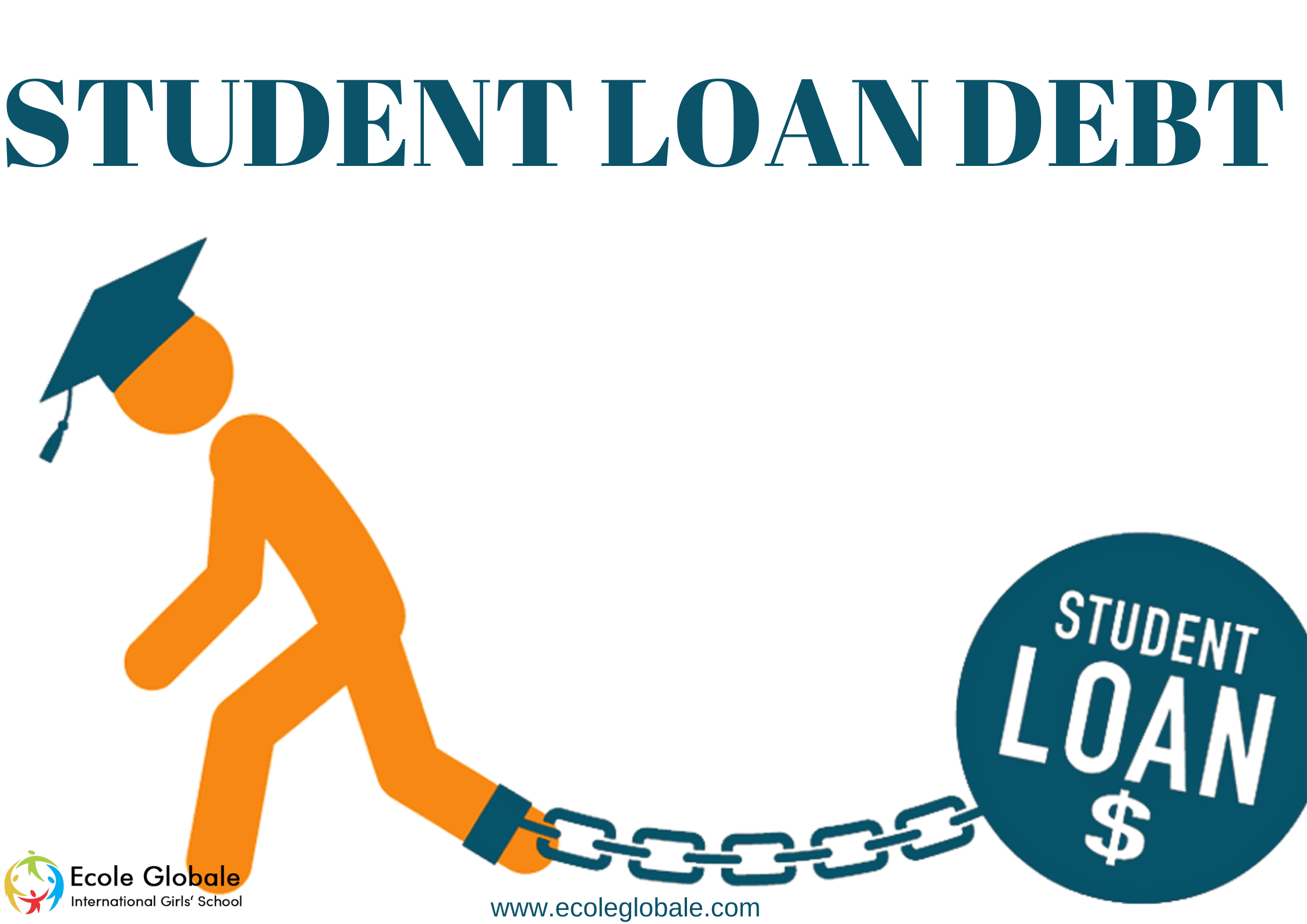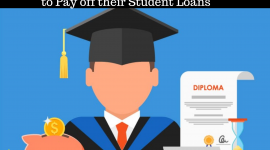Student debt refers to money owed on a loan taken out to cover school costs. Student debt has become the only way for many students to pay for college due to rapidly growing tuition costs. Most federal student loan debt was serviced in the United States by Sallie Mae, a publicly traded firm, until its loan portfolio and loan services were spun off to a new entity, Navient, in 2014.
STUDENT DEBT: AN OVERVIEW
Student debt is often generated when a student takes out loans to finance the portion of their tuition that is not covered by their own assets, grants, parent or guardian loans, or scholarships. While students can save money to put towards the expense of higher education, the mounting cost of that education at many schools in India is making it increasingly difficult to meet such expenditures without some type of financial aid.
With the rising cost of curriculum, textbooks, and other associated fees, student debt can quickly mount, especially for advanced degrees. While it is expected that students will pursue occupations and positions that will allow them to repay their loans over time, there are no guarantees that they will do so immediately after graduation.
The benefit of student debt is that it may be feasible to earn much more money or follow a more personally gratifying job by borrowing money to obtain a degree, making the debt financially or emotionally justified. The disadvantage of student debt is that some students accumulate debt without ever graduating, while others accumulate more debt than they can safely repay given their career choice. Another disadvantage of student debt is that most people acquire it at a young age, before fully comprehending the consequences of their decision. Furthermore, unlike other types of debt, student debt is often not dischargeable in bankruptcy unless there is undue hardship.
HOW IS STUDENT DEBT OBLIGATION PAID OFF
Working while in school, getting scholarships, and attending a public, in-state university can all help students avoid going into debt to pay for their education. If the debt is in the form of a direct student loan from the federal government, graduates who work in public service professions for a certain number of years and make a certain number of debt payments may be eligible to have some or all of their student debt forgiven. Graduates with federal student loan debt who qualify for specific repayment programmes, such as income-based repayment, may be able to have the amount of their debt forgiven after 20 to 25 years of payments, depending on the programme. A collection agency may contact a student’s employer concerning student debts.
THE STUDENT LOAN’S INNER WORKINGS
Education loans have existed in some form or another all across the world for centuries, but the origins of a large, systematic government-led endeavour may be traced back to ICETEX, a Colombian institution founded in 1950. The Student Loan Marketing Association, founded in 1972 with the goal of servicing federally insured loans, laid the framework for the current loan-dominated system in the United States. By 1986, the World Bank had endorsed a market-based loan system as the best way to support the rapidly widening gap between higher education demand and supply in the developing world.
The 1962 National Loans Scholarship Scheme, which was later superseded by the current system of commercial bank-driven loans, was India’s first experience with government-backed loans. Higher education loans are divided into two categories based on their structure. Traditional mortgage-style loans have a set term and interest rate to ensure that the loan is not defaulted on. To ease the load on students, income-contingent loans impose payments only when a student earns above a specified income threshold. The approach taken is mostly determined by government policies and country-specific requirements.
The case for education loans is deceptively straightforward. Governments with tight resources can’t afford to cover the whole cost of higher education, especially since primary and secondary education is perceived as providing a higher social return. Expecting parents to pay for higher education expenditures, on the other hand, would prolong educational inequality, as only the wealthiest families would be able to afford the full cost of higher education.
In 2011, a similar issue threatened to overthrow Chile’s government, and it is threatening to do it again. The Chilean government introduced the Crédito con Aval del Estado (CAE) in 2005 as a system of private loans backed by the government (because of a lack of market appetite for student loans) to cover education costs, notably for the nearly half of students who attend private universities. Students in the initial wave of this system’s graduates were unable to find occupations that paid well enough: The average debt-service ratio (monthly loan payment divided by monthly income) was 18% (compared to 2.9%) in the United States, while loan default rates were around 36%. Massive student protests erupted shortly after. While the 2019 protests were prompted by an increase in public transportation charges, they are also tied to the debt trap that most students are in as a result of a lack of work to pay off their debts.
For any queries related to parenting, schooling, or for any student-related tips, click here to check out our latest blogs







